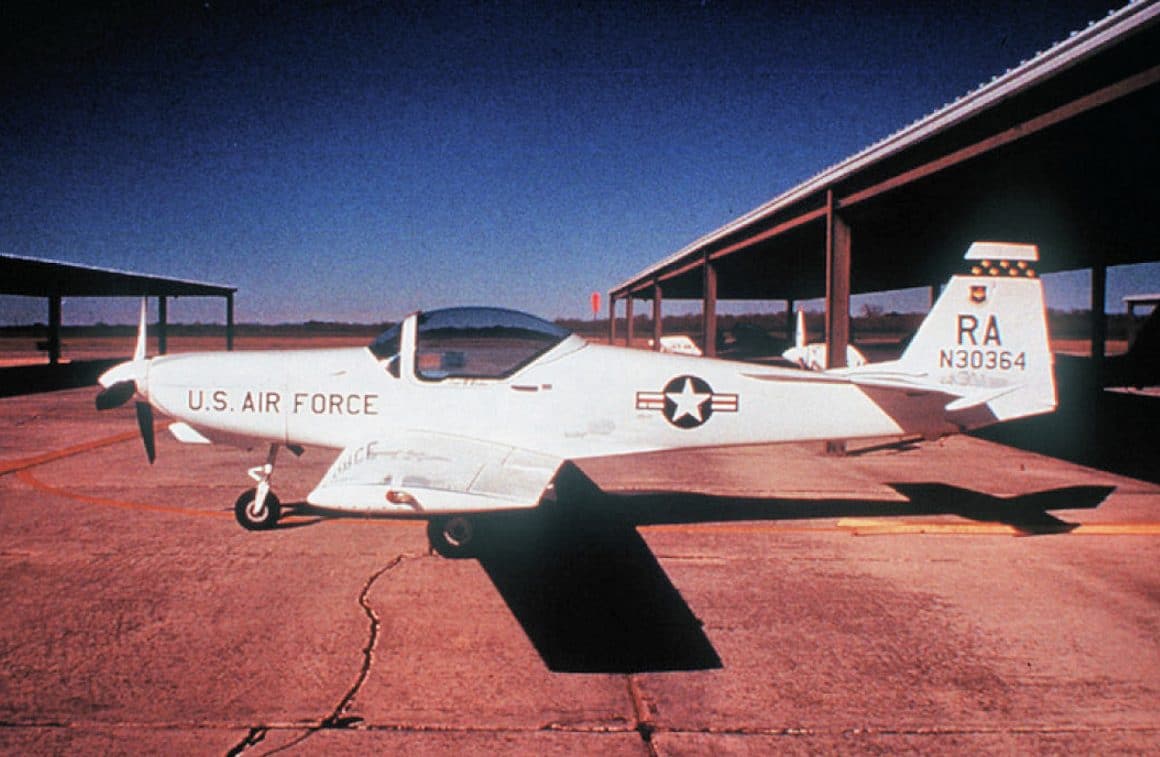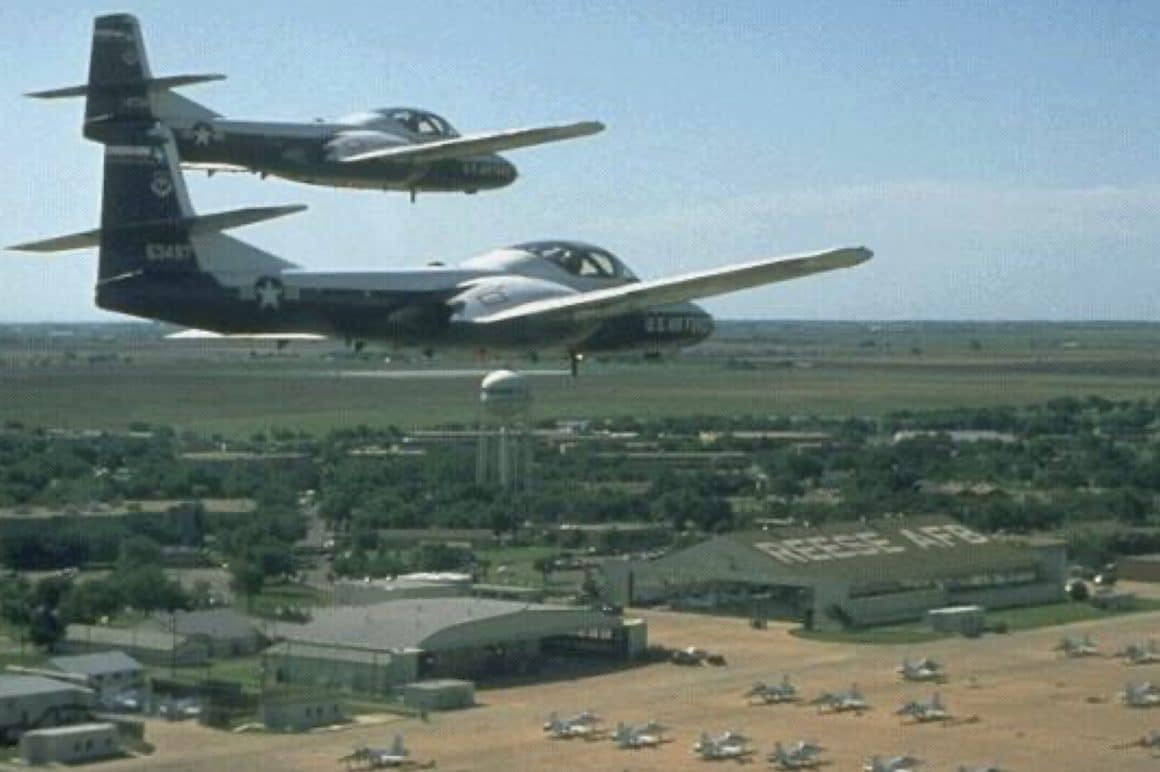As an avid AvGeekery addict, sometimes scrolling through YouTube validates the dangers of temporal distortion. Basically, watching videos of airplanes… for much longer than anticipated…
Seeing these YouTube Videos Made Me Reminisce about my Dollar Ride in the Tweet
Discovering the following videos led to many more T-37B videos, and well, we know what happens then… (nothing productive).
My Flight Journey from T-3A Firefly to my first Jet Flight
These T-37 videos wax nostalgia with me, as this was my first “Jet” to fly. Having previously flown Cessna 152/172s for a Private Pilot’s License, the next stop during the Air Force Pilot Training journey consisted of the T-3A Firefly. It was a beast of a plane: plus or minus 6 G’s, a fully aerobatic platform with 260 HP. The T-3A had a short tenure in the Flight Screening Program, but I was able to experience it. I flew the T-3A out of Hondo Airport, Texas. The Firefly introduced me to the Air Force’s expectations of a new pilot.

Once in the 53-week rigorous Undergraduate Pilot Training, the primary jet trainer T-37B “Tweet” gave me the thrill of a lifetime! Here’s the story of my first flight.
The Dollar Ride in the T-37B Tweet
After completing 6 weeks of academics that taught every airplane system in excruciating detail and a series of simulator sessions, it was time to fly the legendary trainer. With the July heat in Lubbock, Texas, in the 100s, preparation, nervous excitement, and anticipation from nearly 8 years hunting for this coveted position led to the sweaty, exhilarating “dollar ride.”

Engine startup complete, safety checks – checked. We taxied out to the runway and were ready to take off. As I literally “stood” on the brakes with all my force available to keep the airplane from rolling, I increased the two Continental J-69 T-25 Turbojet engines to Military power. I then felt the 1025 lbs of thrust begin to violently shake the aircraft. By this time, I was sweating profusely under the helmet, parachute, Nomex flightsuit, and gloves. The sun-heated bubble canopy didn’t help.
When I performed my final checks, I immediately sent my internal organs toward the aircraft tail, compressing the body into the ejection seat from the sudden rush of instantaneous forward momentum.
By 65 knots indicated airspeed, the body normalizes just in time to slowly raise the nose, then wait what feels like an eternity until the aircraft slips the surly bonds of earth. Gear retraction, flaps up, and the first flight has commenced. Acceleration to 250 knots occurs quickly, faster than I had ever gone under my own command.
Radio frequency changes followed in a flurry. We flew the stereo route to the Military Operations Area while the instructor demonstrated basic maneuvers. It provided a near-overwhelming set of new experiences and stimulations.
Bonus time in the training area
On my first flight, we had extra time in the area. Having studied aerobatics to verbalize exact entry, exit, and procedure parameters, the instructor let me propel the $165,000 Tweet through the 3G loop and aileron roll. The practice area was so much fun, but it was over too soon. We returned to base for landing. It all remained a blur.
We touched down, shut down the engine, and then closed out the maintenance forms. I peeled away from the cockpit in sweat-soaked garments. My dripping flat top was proof that I had just completed my most memorable flying experience of my career.
The day, THAT day, that FIRST day, of flying the mighty T-37B Tweet.
